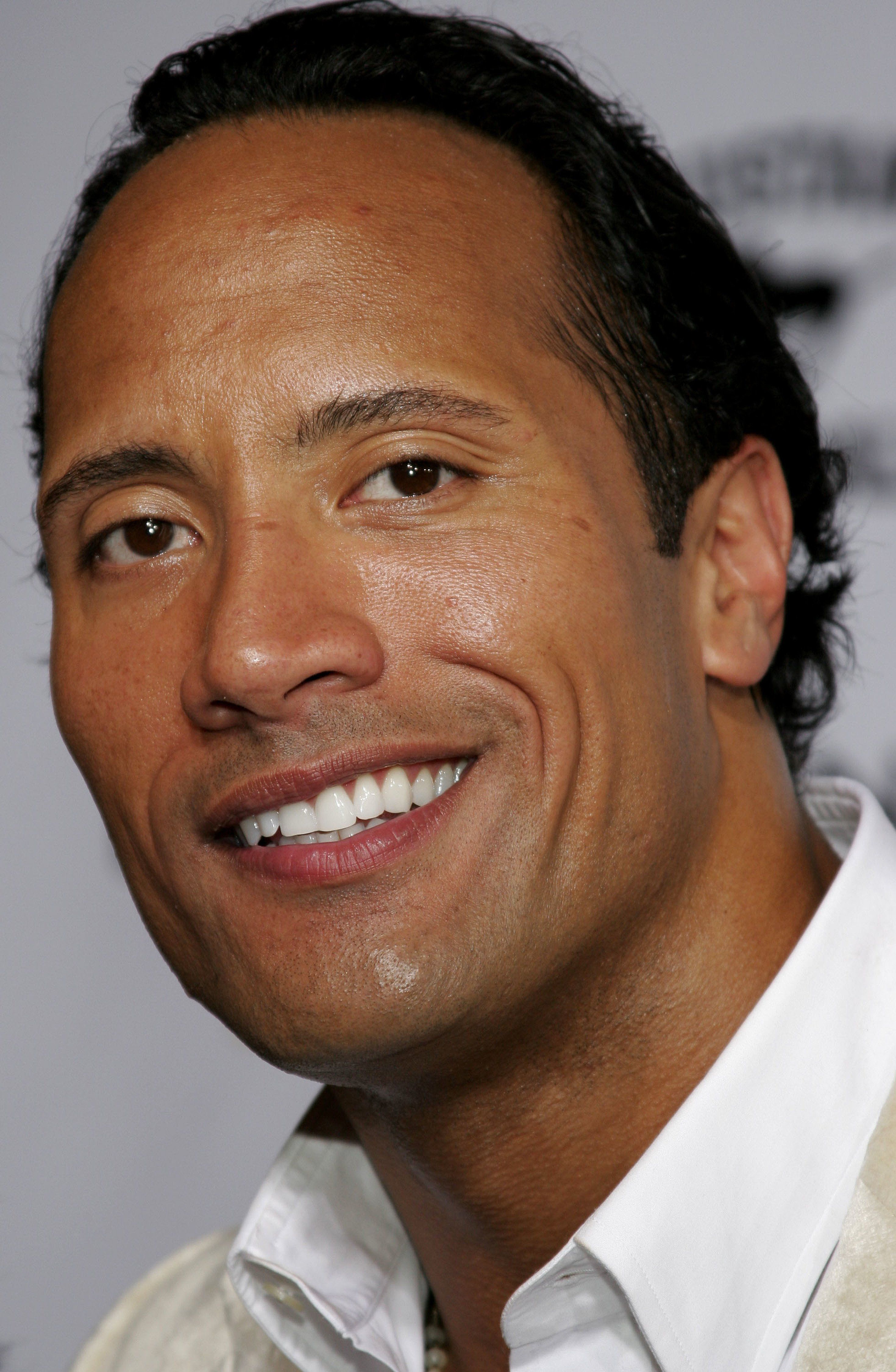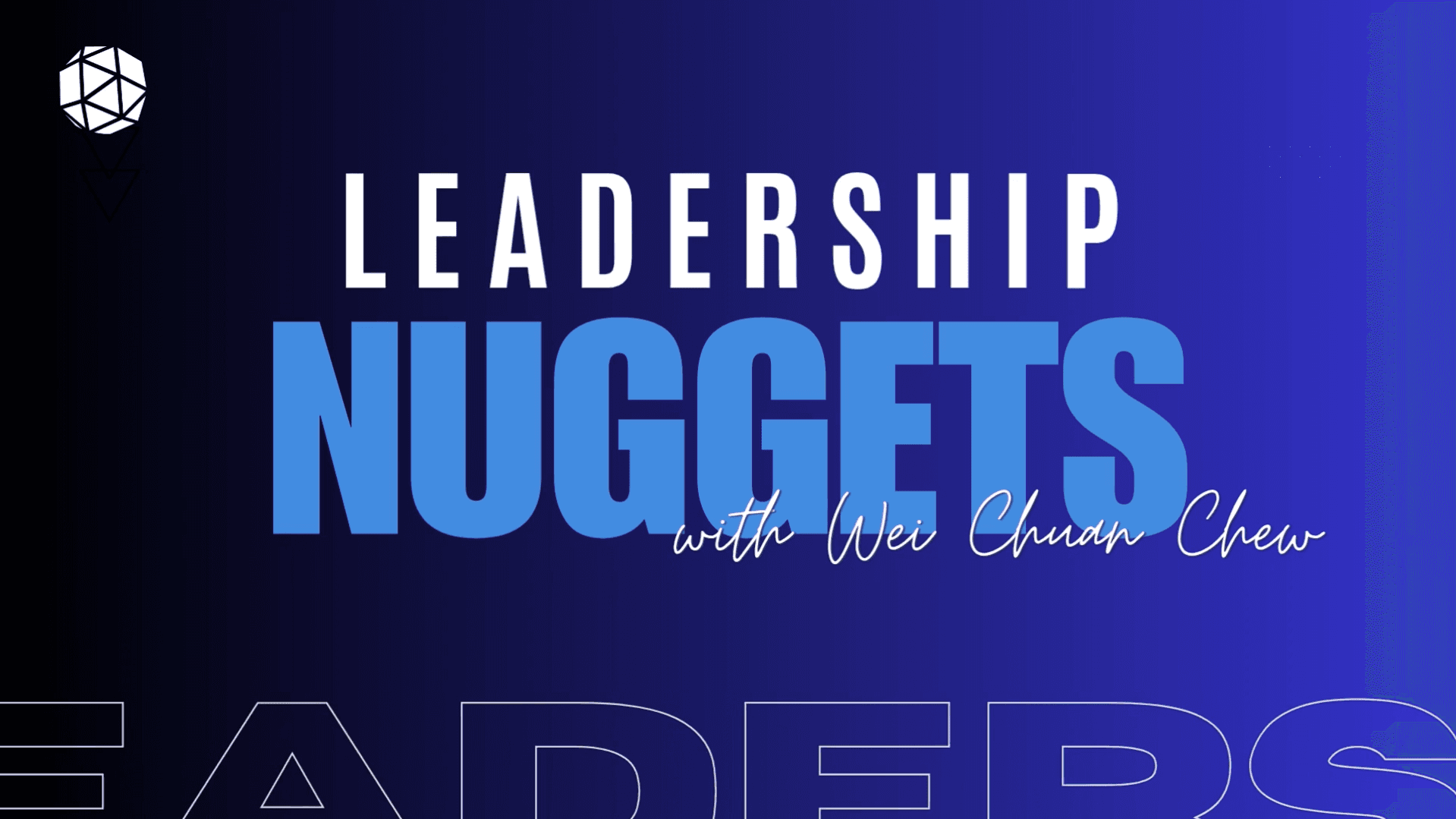Tapping Into Body Language

Reading Your Customers’ Non-Verbal Cues
A customer-centric culture is not just about offering good service.
It’s a way of dealing with customers that creates an engaging and positive overall experience in order to drive repeat business, customer loyalty and profits.
Whether your organisation is in healthcare or high tech, whether it is selling merchandise or marketing, the success of its customer-centricity depends on salespeople building positive and powerful relationships.
That’s where body language comes in.
Reading between the lines
You and your customers are having two distinct conversations, and only one of them is verbal.
In my programme, Body Language for Salespeople, I show the audience how to analyse the ‘second conversation’ by reading the non-verbal cues that signal how their customers are really feeling.
Let’s say you have just presented two written options to a potential client and you notice that your prospect’s gaze lingers longer on one than on the other.
If, in addition, you see his eyes open wider and his pupils dilate, you know for certain that he has a much greater interest in this particular option.
In general, people tend to look longer and with more frequency at people or objects they like. A person may be trying to look uninterested, but his eyes will keep returning to the object that attracts him the most.
The same is true with person-to-person eye contact. Most of us are comfortable with eye contact lasting about three seconds, and prolonged mutual gaze without breaking can make us nervous.
But when we like or agree with someone, we automatically increase the amount of time we look into his or her eyes.
Disengagement triggers the opposite gaze reactions. The amount of eye contact decreases as we tend to look away from things that distress us and from people we don’t like.
Similarly, a customer who is bored or restless may avoid eye contact by defocusing, gazing past you, or glancing around the room. Eyes signalling dislike or distrust will narrow slightly.
In fact, eye squints can be observed as people read contracts or proposals, and when they occur, it is almost always a sign of having seen something troubling or problematic.

The eyes are the windows to the soul
Researchers have known for years that eye pupil size is a major clue in determining a person’s emotional responses.
The pupils are a part of our body we have practically no control over. Therefore, pupil dilation can be a very effective way to gauge someone’s interest.
Pupils dilate for various reasons, including memory load and cognitive difficulty, but you can expect your customer’s pupils to dilate when they have positive feelings about you or your product/service.
And you will notice that when that customer is upset or disappointed, his or her pupils will automatically constrict.
What’s in a smile
Another way to judge someone’s emotional reaction is to ask yourself: Is that smile genuine?
Typically, someone who agrees with you will smile and nod as you speak.
(Disagreement shows up in the form of compressed or pursed lips, clenched jaw muscles, or a head turned slightly away, so eye contact becomes sidelong.)
But smiles are often used as a polite response and to cover up other emotions.
A fake smile involves the mouth only.
Unless someone is expressing genuine pleasure or happiness, it’s hard to produce a real smile – the kind that crinkles the corners of the eyes and lights up the entire face.
How are they projecting themselves?
Gestures are also telling.
In general, the more open the position of your customer’s arms, the more receptive he or she is.
Watch for expansive, welcoming gestures that seem to flow naturally from a person’s behaviour.
When someone reaches towards you or uses a lot of open-hand gestures, it is usually a positive signal of interest and receptivity.
In contrast, people who are defensive or angry may protectively fold their arms across their chest, clench their hands into a fist, or tightly grip their arm or wrist.
The shoulders and torso also play an important role in a customer’s reactions.
When people agree with you or like you, the more they will lean towards you and the more closely they will stand before or beside you.
On the other hand, when you say or do things your customer disagrees with or is uncertain about, the more they will tend to lean back and create space between the two of you.
When you see people turn their shoulders and torso away from you, you’ve probably lost their interest.
In fact, orienting away from someone in this manner almost always conveys detachment or disengagement, regardless of the words spoken.
When people are engaged, they face you directly, ‘pointing’ at you with their torso. However, the instant they feel uncomfortable, they will turn away – giving you ‘the cold shoulder’.
And if someone is feeling defensive, you may see an attempt to shield the torso with a purse, briefcase, laptop, etc.
What are YOU projecting?
People who agree with each other tend to mirror each other’s behaviours. One will lead and the other will follow.
If you notice your customer has assumed the same basic body orientation as yours, move slightly and see if she follows suit. If she does, you know you’ve made a positive connection.
Of course, your body language is also being evaluated, and the way you dress, sit, stand, move, gesture and speak says more about you than you may realise.
For example, do you know that you only have seven seconds to make a positive first impression?
Are you aware that there are two distinct sets of non-verbal signals that customers need to see from you?
Do you realise that when your body language is out of alignment with your verbal message, people will believe what they see and not what you say?
And most importantly, do you know how to use your body language to build positive and powerful customer relationships?
Dr Carol Kinsey Goman is an international keynote speaker at business meetings, association conferences, and for government agencies and universities. She is the creator of LinkedIn Learnings’ best-selling video course, ‘Body Language for Leaders’ and an expert on the impact of body language in the workplace.
Reposted with permission.
Prefer an e-mag reading experience? This article is also available in our 20th October, 2018 digital issue. Access our digital issues here.
Leadership
This article is published by the editors of Leaderonomics.com with the consent of the guest author.





